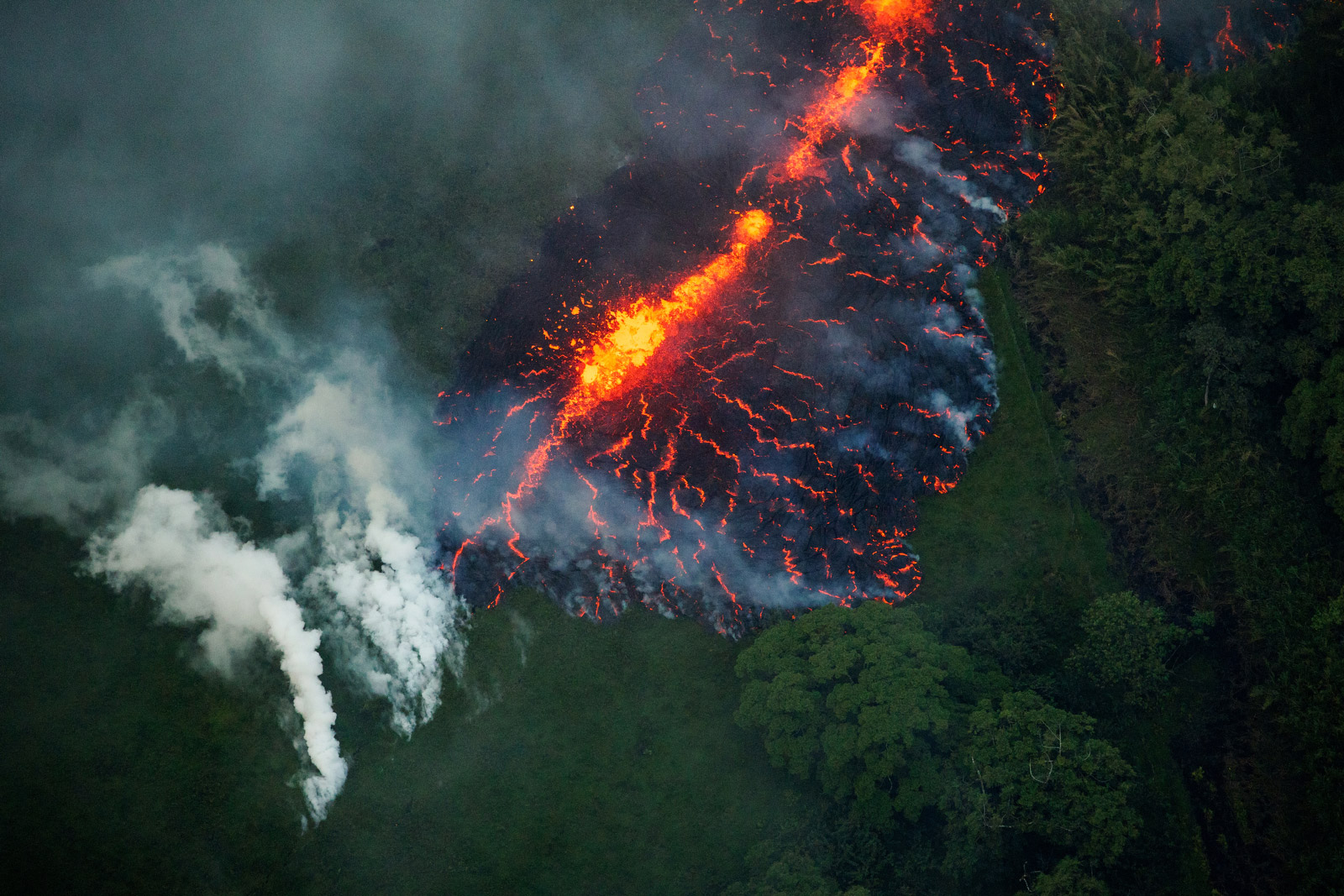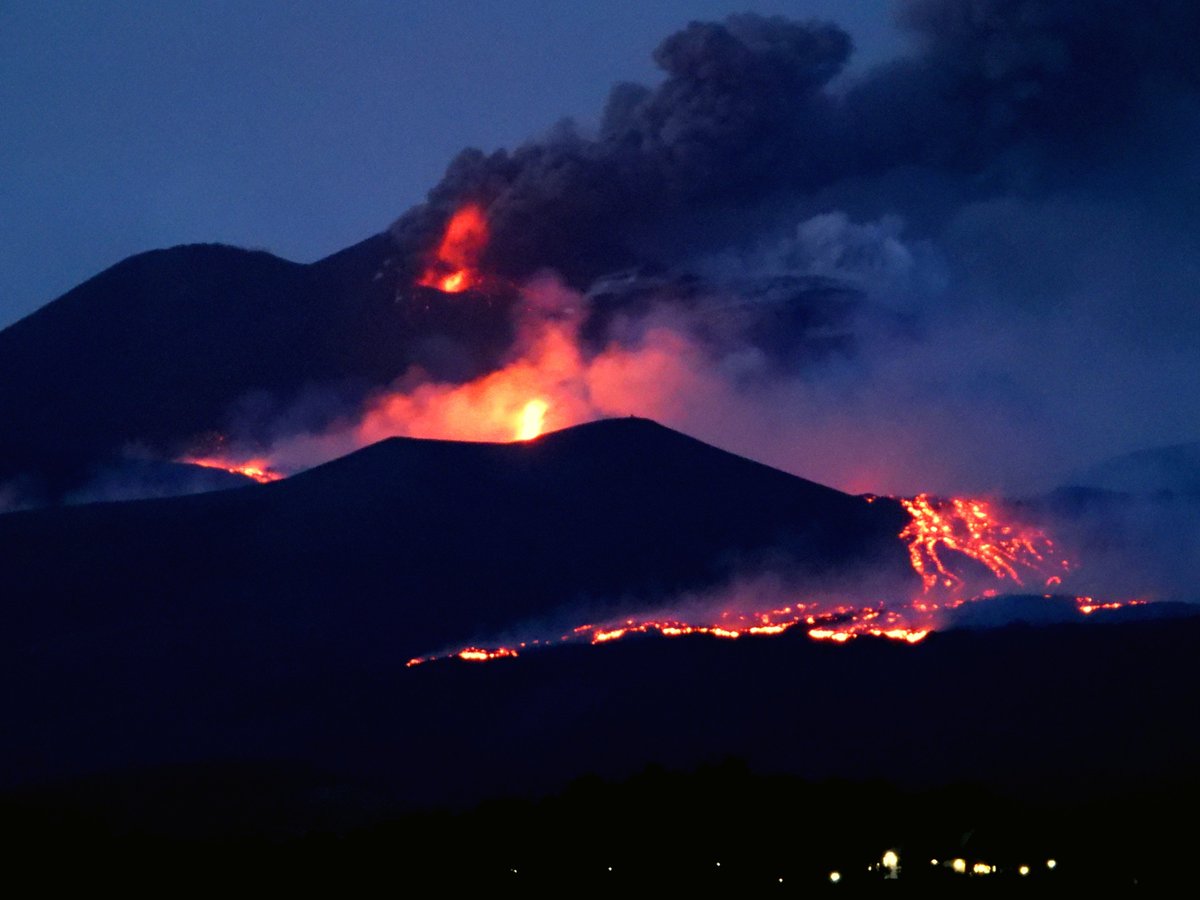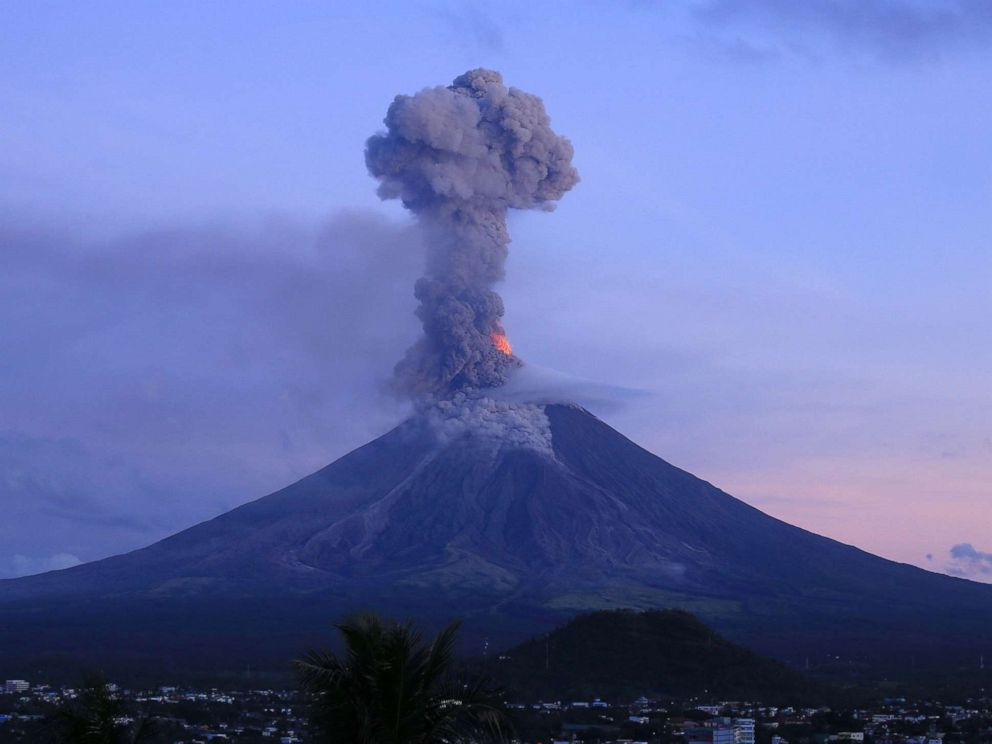
“All that ash just completely clogged up filters,” he says.Īlonso and his colleagues’ research is the first to analyze the wounds fish suffer during a volcanic eruption in such detail-in part because getting access to the victims while their bodies are still fresh is incredibly difficult. A few centimeters of ash fell on the island, Crowl says, contaminating streams and killing thousands of filter-feeding shrimp. Some of the findings are familiar to Todd Crowl, an ecosystem scientist at Florida International University who was not involved in the current study but who witnessed an eruption on Dominica in the Caribbean during the 1990s. Fish died after their gills became clogged with ash, or after their digestive tracts were impacted with fragments of glassy hyaloclastite. Within a week, huge clouds of volcanic ash settled into the water. On La Palma, though, molten lava flowed over land and into the ocean where the sudden clash with cold water quenched it into a glassy rock known as hyaloclastite. These gas-filled organs expand when fish rise toward the surface. Depressurization would also explain why the animals’ stomachs were pushed up into their mouths and why some had overinflated swim bladders.

“They tried to escape,” he says.Īs the fishes swam upward, sudden depressurization likely caused the gases dissolved in their bodies to bubble out, accounting for the bubbles in their eyes and under their skin. Once the El Hierro eruption was underway, Alonso says, the fishes ascended rapidly. The researchers’ detailed necropsies also hint that the fishes made a fateful dash for safety. The team concluded the injuries occurred while the fishes were still alive because the scientists found inflammatory cells indicative of physical trauma and a severe build-up of blood in the fishes’ tissues. Alonso and his colleagues found fishes with gas bubbles in their bodies. The underwater eruption near El Hierro superheated the water by as much as 19 ☌, reduced the oxygen level, and rapidly acidified the ocean. “It’s a volcanic eruption in both cases, but the pathological syndromes are completely different,” says Alonso.

The scientists detail in a new paper the shocking injuries suffered by 49 fishes killed by the El Hierro eruption and 14 fishes killed by the volcanism near La Palma. Ten years later, the devastating eruption of a terrestrial volcano on nearby La Palma, another of the Canary Islands, gave Alonso and his colleagues a chance to see an altogether different way that volcanoes can butcher unsuspecting fish-by overwhelming them with debris. That’s why when one erupted underwater off the coast of El Hierro in the Canary Islands for 150 days in late 2011 and early 2012, researchers including Ayoze Castro Alonso at the University of Las Palmas de Gran Canaria saw the perfect opportunity to study the intricacies of these piscine casualties. But few have been able to document in detail the grisly fates experienced by the unlucky fish that find themselves at the mercy of an angry volcano. Researchers have studied how lava flows, hot gases, and deadly debris can cause mass die-offs or even cut fish off from the sea in suddenly landlocked lakes. A major eruption in 2011 in Chile, for instance, killed 4.5 million of them. Volcanoes can be life-threatening for fish.

Most recent volcano eruption 2011 full#
Some had eyeballs full of air bubbles, others had their stomachs pushed up into their mouths.

They found the victims floating in the water. Authored byĪp| 750 words, about 3 minutes Share this article Photo by Sander Meertins/Alamy Stock Photo The Gruesome Ways Volcanoes Kill Fish Whether the eruption is underwater or on land, fish don’t have an easy time dealing with nature’s fury. The eruption of a volcano on Spain’s La Palma island took a toll on nearby fish.


 0 kommentar(er)
0 kommentar(er)
